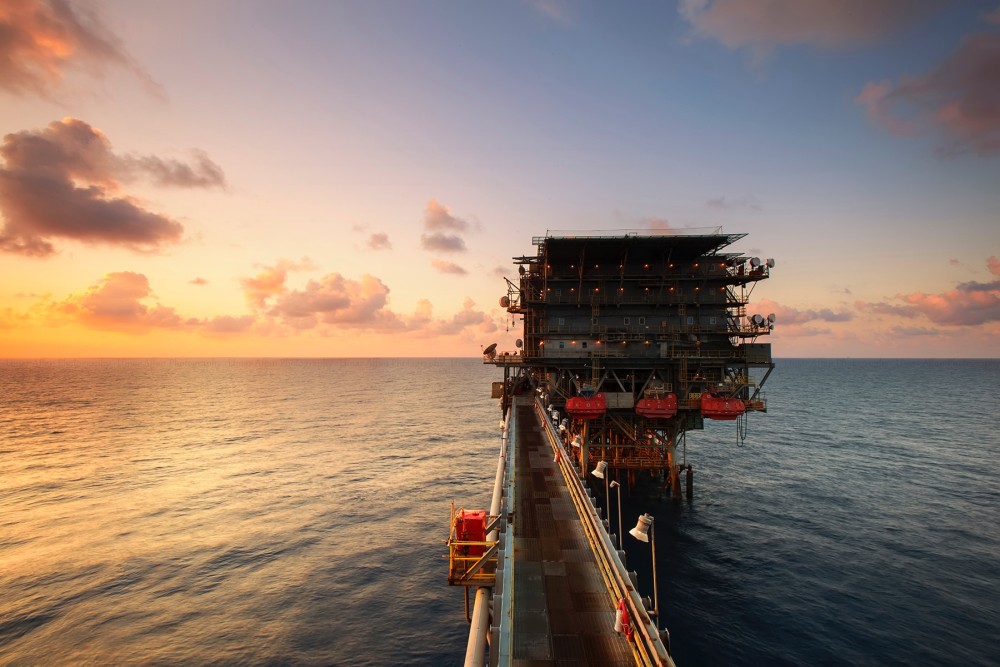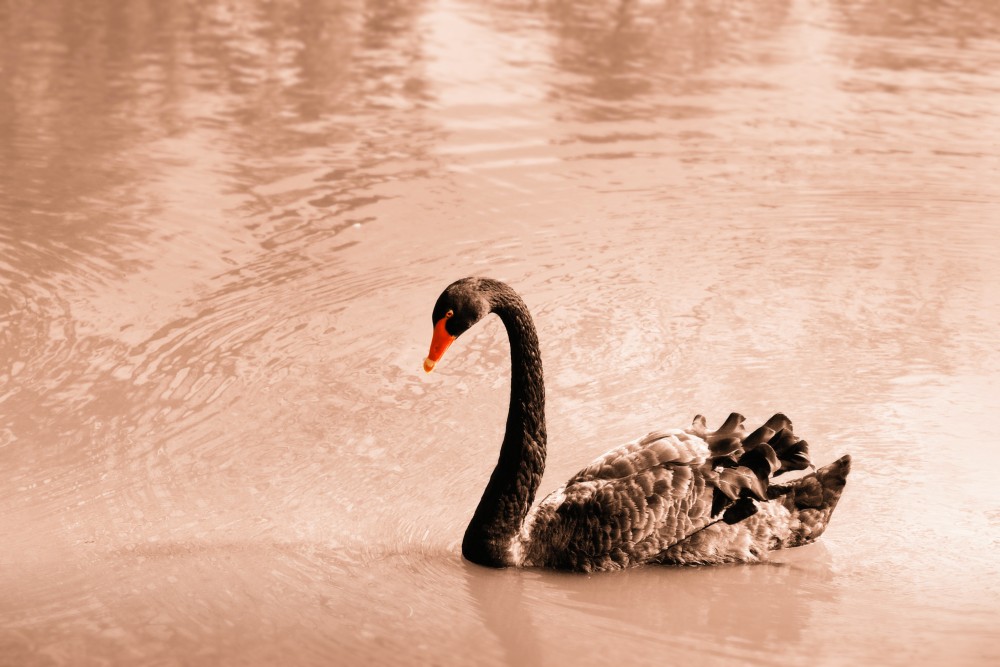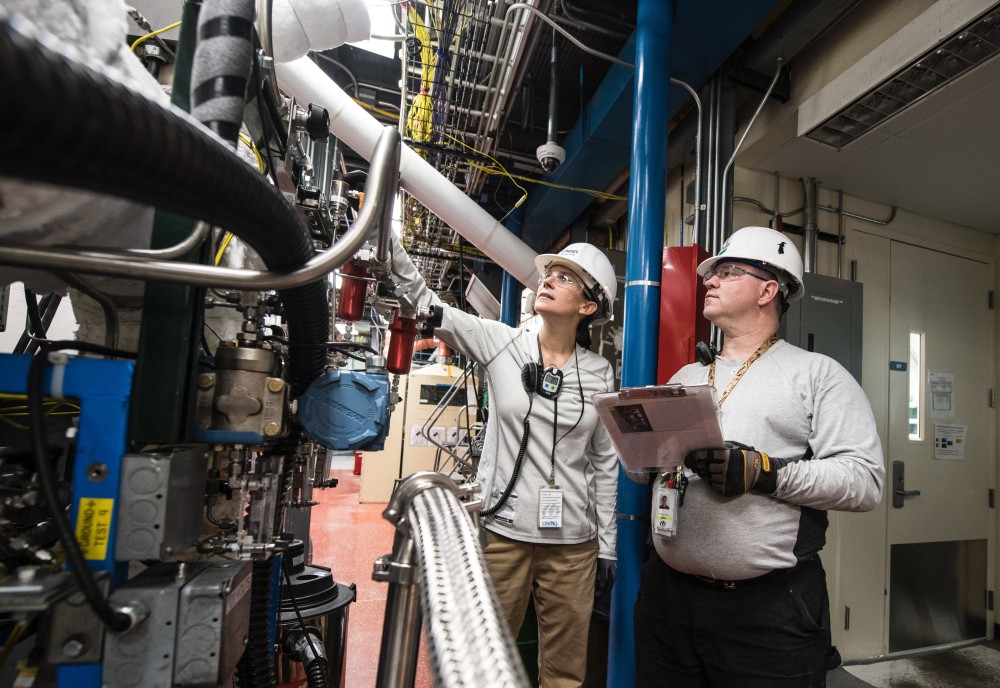The predictive maintenance and analytics field has experienced a real upsurge in the previous couple of years, and the trend is only expected to accelerate. Underpinned by the growing need for optimising maintenance processes and reducing cost and downtime, the predictive maintenance market is projected to grow at 15.1% CAGR during 2019-2027, reports Business Wire, leaping from US$ 3.55 billion in 2019 to US$ 10.84 billion by 2027.
Initially slower to catch up with the data-driven transformation, the heavy-asset industry has certainly accelerated the adoption of predictive analytics systems that provide multiple maintenance advantages such as fewer outages and breakdowns, extended lifecycle of the assets and equipment, better plant safety, and enhance the overall quality of operations and supply chain processes.
Starting from the first Maintenance Analytics Summit in 2018, the conversation in predictive maintenance has evidently progressed. Two years ago, the narrative was focused on the shift from Condition-Based Maintenance to Data- and AI-enabled Predictive Maintenance, as well as leading use cases of the Industrial Internet of Things and Industry 4.0. In 2019, the discussion switched to finding answers to the most common challenges with PdMA initiatives and ways of providing fast and quality data to work with, ways of creating predictive models and automating through data, and finally organisational and monetisation models for better ROI.
While this year at the Maintenance Analytics Summit 2020 we marked the age of Industrial AI by presenting case studies on the latest breakthroughs in predictive maintenance, maintenance analytics in the age of Industrial Intelligence, developing a predictive maintenance programme aligned to the PoV, creating a Manufacturing Intelligence Center which brings together data scientists and manufacturing engineers to create a data-driven factory, leveraging IoT and ML in railway traffic to prevent and predict accidents and save lives, time series anomaly detection with deep learning in aircraft, predictive maintenance through the cloud-based approach and AI in prognostics and asset health management.
Without exception, the global pandemic had a detrimental impact on the predictive maintenance market. The rigorous lockdowns that were imposed on the Asia-Pacific region, in particular, China and India, halted the manufacturing and production of numerous equipment and machinery. Additionally, the closure of several retailers, distributors, and sales representatives also has reduced the availability of components and production of predictive maintenance-based software and services from other European and North American based market players, describes Business Wire. However, as countries and economics are re-opening, experts predict a return on the upward trajectory of predictive maintenance, which will be evident in the increasing demand for maintenance solutions and growing applications of predictive maintenance in the manufacturing industry. All this will have a positive impact on the growth of the market in the forthcoming years, relates Globe Newswire.
Speaking about the most advanced companies in predictive maintenance, we’ve had some of the best of them share their use cases on our event platforms. These are the companies that have led with thought and practice in the field of predictive maintenance in 2020.
The factory of the future is built on predictive maintenance


Going from gut feeling to predictive maintenance is not an easy process for manufacturers. It requires transforming processes from the ground up, change management, educating employees and adopting a data-driven mindset. On top of that, it’s costly.
Long-standing companies carry legacy systems, old machines and factories while at the same time, they adopt new machines and technologies as part of digitalisation efforts. They have a more tenured, skilled workforce, and fresh employees coming in with new skills and competences.
The biggest challenge for companies is balancing between these two opposites while going through the transformation. This is the case for SKF Group, an industrial engineering company, as Johnny Stieger, their Global PMO and Lean Manager recounted at the Maintenance Analytics Summit 2019.
A (not-so) impossible task: Offshore maintenance analytics


The offshore oil & gas industry is exposed to extreme levels of risk. Companies and equipment are subject to volatile price fluctuations, extreme weather conditions and operational hazards like explosions, spills and workplace injuries. This is why the importance of predictive maintenance of the drilling equipment is much more intensified and puts additional stress on offshore maintenance providers as minor errors in predictions may lead to massive scale consequences.
Julian Zec, Former Chief Engineer & Manager CM, CBM, Predictive Maintenance & Reliability Engineering at National Oilwell Varco (now Senior Programme Manager at Maersk Drilling), shared lessons learned and challenges they’ve encountered with providing condition-based maintenance in the offshore oil & gas industry and digitalisation of maintenance.
Deep learning applications for corrosion detection


Typically, predictive analytics for maintenance makes predictions about the performance of a machine based on data, statistical methods and machine learning. It’s not very usual to come across a predictive maintenance programme that applies deep learning.
However, there is a considerable amount of research being done and significant progress made with deep learning applications for maintenance, particularly diagnostics and prognostics with a focus on corrosion detection.
Matias Ferrero, Former RAMS Engineer at Norwegian University of Science and Technology (NTNU), current Data Engineer at Vy, brought us some state-of-the-art deep learning approaches at the Maintenance Analytics Summit 2019. Although most of them are in the research and academics domain, they hold enormous potential and promise to be applied in the industry.
Finding black swans in data lakes: Rare events in insurance claims


Considering the standstill state the world was a few months ago caused by the Coronavirus outbreak, there has been much discussion about black swans and whether it can be described as a black swan event.
Be it a black, grey or white swan, it caught us off-guard and unprepared to deal with it. Data scientists have been making efforts even prior to the pandemic, to find out if this kind of rare events can be predicted with machine learning and data analytics.
This is exactly what Alla Sapronova, Lead Data Scientist at StormGeo, has been trying to find out in her work focused on detecting rare events, i.e., predicting the number of insurance claims per day based on the weather forecast. She presented her approach at the Maintenance Analytics Summit 2019.
Asset lifecycle management with a ten metrics approach


Hamid Al-najjar, Maintenance Engineer at Seco Tools, revealed a ten metrics approach that enables industrial companies to manage assets lifecycle and its performance from the inception to disposal with less cost during his Maintenance Analytics Summit talk.
In this pre-event warmup interview, Hamid talked to us how he came to the idea of the ten metrics approach for asset lifecycle management, the benefits of it, as well as some predictive maintenance fundamentals that industrial companies need to set straight before implementing a suitable maintenance strategy.
Predictive maintenance that unites data analysts and domain experts


In predictive maintenance, there is often a gap between “nice to have” and “must-have” solutions. Experts in analytics and customers often disagree on what should be the final outcome of the digitalisation.
The solution comes in the form of a framework that will enable both sides to voice their points and views. Julian Zec explored how to achieve such collaboration in his presentation How to Develop a Predictive Maintenance Programme Aligned to the PoV (Proof of Value) Process at the Maintenance Analytics Summit 2020.
Julian talked to Hyperight Read on this topic to lay the groundwork for our readers, as well as shared his thoughts on AI developments in the asset management field and his prognostics about fully automated maintenance.
Shifting the predictive maintenance paradigm with a cloud-based approach


Many industrial and manufacturing companies have their data stored in file systems and ERPs. But, if data scientists and engineers are to use this data to provide value from it, it has to be available and accessible in a consolidated cloud space.
Konstantinos Michail, Former IoT – Cloud Tech Lead at Nilfisk, current Digital Solutions Architect – Digital Health IT at Novo Nordisk, presented how companies can go through this shift to the cloud more quickly and efficiently, in his session at the Maintenance Analytics Summit 2020.
How data analytics helped Baker Hughes transform into a brilliant factory


Renato Magliacani and Federico Puccetti from Baker Hughes presented at the virtual edition of the Maintenance Analytics Summit, where they unravelled their journey towards becoming a data-driven factory with a core of a cross-functional team of data scientists and manufacturing engineers who work hand in hand in generating insights from analytics.
They introduced an initiative named Manufacturing Intelligence Center (MIC), which unites a cross-functional team that works together developing analytics to generate insights and boost productivity in their shop floors.
Behind the scenes of detecting anomalies with deep learning at Airbus


As one highly interdependable and optimised industry, one minor anomaly in the airline industry may cause tremendous consequences. This is why detecting anomalies is beneficial not only for aircraft manufacturers but also for airlines and passengers.
Dr. Sarah Andreas, Data Scientist at Airbus, joined us at the online Maintenance Analytics Summit 2020, where she presented how they use deep learning for contextual predictions of time-series sensor data. In her interview, we touched upon several important points regarding time series anomaly detection with deep learning in the airline industry.
What our PdMA experts say about the future of predictive maintenance


We’ve talked to some of our PdMA experts who presented at the Maintenance Analytics Summit 2020 and asked them to share their views on topics related to their presentation topics, current developments in the data- and AI-driven maintenance, but also on their outlooks on what the future holds for predictive maintenance.
One of the points regarding the future outlooks of predictive maintenance was cognitive maintenance, i.e. maintenance based on cognitive analytics where AI systems can autonomously learn from past actions, find correlations, learn from outcomes and give prescriptions.
…
Check out the predictive maintenance and analytics archives at Hyperight Read covering some of the most inspirational transformations by leading companies.
Catch up with our next recap will be looking into stories based on HR, people analytics, workforce analytics and talent management, which are extremely important for the current remote working environment.














Add comment